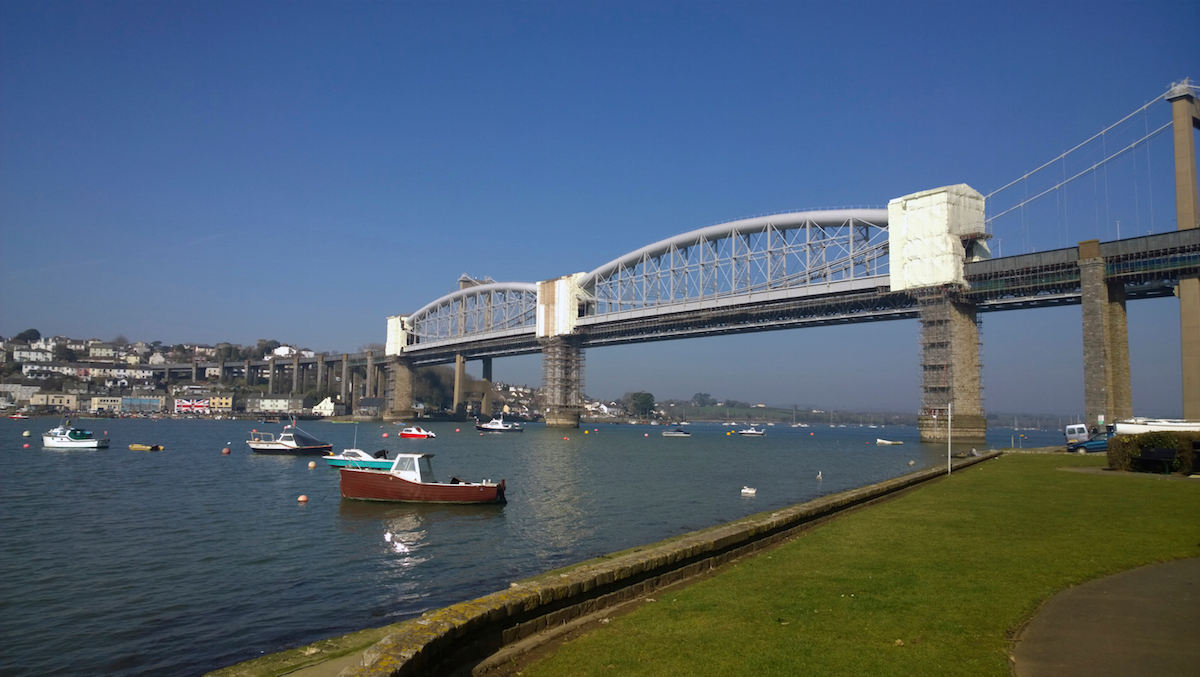
A recent Court of Appeal decision could lead to more public rights of way across your land, as Scott Mitchell, Partner at Stephens Scown, explains.
In a recent case, the Court of Appeal has now, essentially, forced local authorities to update their definitive maps and include many more public bridleways, which could be a potential problem for many landowners.
Local authorities, as the “surveying authorities”, are required by law to keep a record of public rights of way in both England and Wales. These are called definitive maps and statements. These maps describe the status of the different types of highway and their location, including bridleways.
What are the facts of the case?
In the recent case of R (on the application of Andrews) v Secretary of State for Environment Food and Rural Affairs [2015] EWCA Civ 669, the court considered whether or not the Inclosure Commissioners of the time had powers under S10 of the Inclosure (Consolidation) Act 1801 to create public bridleways.
The Court of Appeal confirmed that S10 did empower Inclosure Commissioners to create both private and public footpaths including bridleways. Additionally, the previous decision declaring that the footpaths and bridleways would only be awarded if they were at least 30 feet wide was overturned, and S10 was held to allow the setting of public footpaths and bridleways at whatever width the Commissioner at the time decided.
Why does it apply to me?
In essence this means that post 1801 Inclosure Awards will now have to be scrutinised to ensure that the routes that were set out at this time are updated on the definitive maps. It is estimated that there are between 500 and 1000 other public footpaths and bridleways that were created by Commissioners in England & Wales, which are not currently recorded on the relevant definitive maps.
This decision could therefore be an undesirable one for many landowners in the South West, since it could lead to many more public footpaths and bridleways being established.
What should landowners do if in doubt?
If you have any questions or queries about rights across your land, the best course of action is to seek professional advice.
To contact Scott Mitchell please call 01726 74433 or email cpsa@stephens-scown.co.uk.
